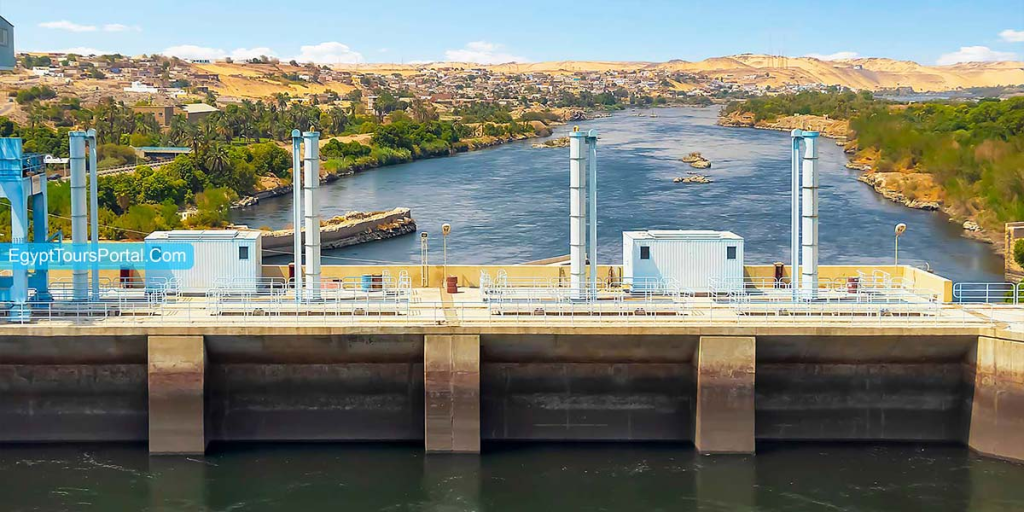
The Aswan High Dam, an iconic engineering feat located on the Nile River in Egypt, stands as a symbol of human ingenuity and the transformative power of infrastructure projects. Built to control the annual flooding of the Nile and harness the river’s energy, the High Dam has had far-reaching implications for Egypt and the surrounding region. In this blog post, we will explore the significance, benefits, and challenges associated with the construction of the Aswan High Dam.
- Taming the Nile:
For millennia, the Nile River has played a crucial role in the development and sustenance of Egyptian civilization. However, its annual floods caused both devastation and fertile soil deposition. The Aswan High Dam, completed in 1970, brought control to the unpredictable floods, facilitating year-round irrigation and providing a stable water supply for agriculture. The dam’s reservoir, Lake Nasser, formed behind it, offering a vast storage capacity for water resources.
- Hydropower Generation:
One of the most significant advantages of the Aswan High Dam is its ability to harness the immense power of the Nile River. The dam’s hydroelectric power stations generate a substantial amount of electricity, providing a reliable and renewable energy source for Egypt’s growing population and industrial needs. The clean energy produced by the dam has reduced Egypt’s dependence on fossil fuels and contributed to the country’s sustainable development goals.
- Agricultural Advancements:
The controlled water flow from the Aswan High Dam has transformed Egypt’s agricultural landscape. The availability of water year-round and the regulated distribution through an extensive irrigation network have led to increased agricultural productivity. Farmers can cultivate multiple crops throughout the year, contributing to food security and economic growth. The dam’s water management system has also facilitated the expansion of agricultural land and the introduction of advanced farming techniques.
- Navigation and Transportation:
The creation of Lake Nasser, the reservoir formed by the dam, has significantly enhanced navigation and transportation in the region. The lake provides a navigable waterway, allowing for the movement of goods and people, promoting trade and tourism. The dam’s locks facilitate the passage of ships through the height difference between the reservoir and the river downstream, enabling seamless navigation along the Nile.
- Environmental Considerations:
While the Aswan High Dam has brought substantial benefits, it has also posed environmental challenges. The dam’s construction resulted in the displacement of communities and the flooding of historical sites, including the relocation of the Philae Temple mentioned in the previous blog post. The dam has also altered the natural flow of the Nile, impacting downstream ecosystems and causing changes in sediment deposition. However, ongoing efforts are being made to mitigate these environmental concerns through sustainable water management and conservation initiatives.

